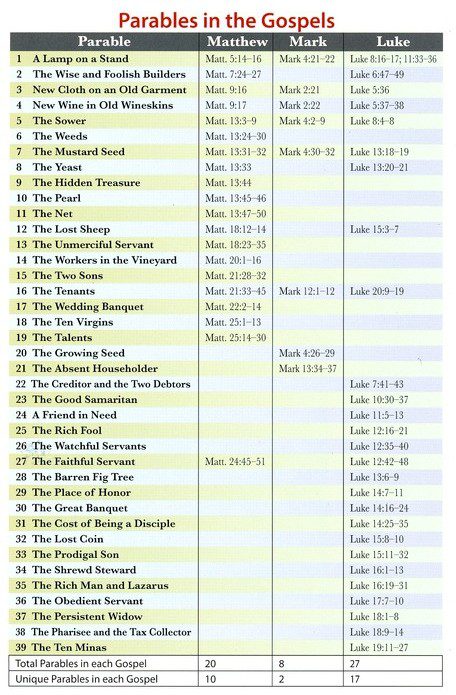 By Brenda Cannon Henley
By Brenda Cannon Henley
Our Bibles are filled with the teachings of Jesus. He provided information, illustrations, and instruction on how to live the Christian life after we become believers. He was an absolute master at conveying deeply important subjects using common, current, or contemporary illustrations of daily life that his hearers could understand.
The first and best definition I ever remember hearing about the parables of Jesus came from an old country evangelist from the hills and creeks of West Virginia, Dr. Bascom R. Lakin. Dr. Lakin’s own sermons were rife with illustrations of less than wealthy living, a hard scrabble farm life, travel, tragedy, and truthful experiences.
People listened and remembered the stories Dr. Lakin shared because they were earnest and true. I can still picture the old preacher bowed over with grief on the banks of the Big Sandy after hurrying home from preaching a revival when he learned his only child, Bill, had been killed. His and Mrs. Lakin’s hearts were broken.
He often talked about the old family mule, stubborn, proud, and such a hard worker. I felt I knew his parents and the people he met on his Journey’s across America. Dr. Lakin was able to weave a basic Scriptural truth or principle into each of his beloved stories that hearers never forgot.
He said that simply put, “a parable is an earthly story with a heavenly meaning.”
Jesus spoke of common people and common things in teaching about stewards, cloth, wine, seeds and sowers, lost sheep, pearls, and talents. Creditors, debtors, rich men and poor men, lost coins, a prodigal son, places of honor, low estates, barren fig trees, feasts and banquets, and obedience are all covered in the parables.
Some read like television scripts while others are more complex. My renewed interest in the parables can be attributed to a series on them written and taught by my Sunday School teacher, Dr. Harry G. Mills of Community Bible Baptist Church in Pinellas Park, Florida. Dr. Mills gave each student a comparison chart prepared by Bristol Works, Inc., and published by Rose Publishing.

Printable Copy
In the 39 different parables appearing in this graph, we can see in which of the gospels it appears and whether it is unique to that gospel or not. As we studied these parables carefully, Dr. Mills asked us to identify each symbolic element in the parables and how they represent real actions, persons, places, or things.
We can truly learn much from these earthly stories with heavenly meanings.
Brenda Cannon Henley can be reached at 409 781 8788, or
[email protected]
[Mar-8-2022]

 Posted in
Posted in 























